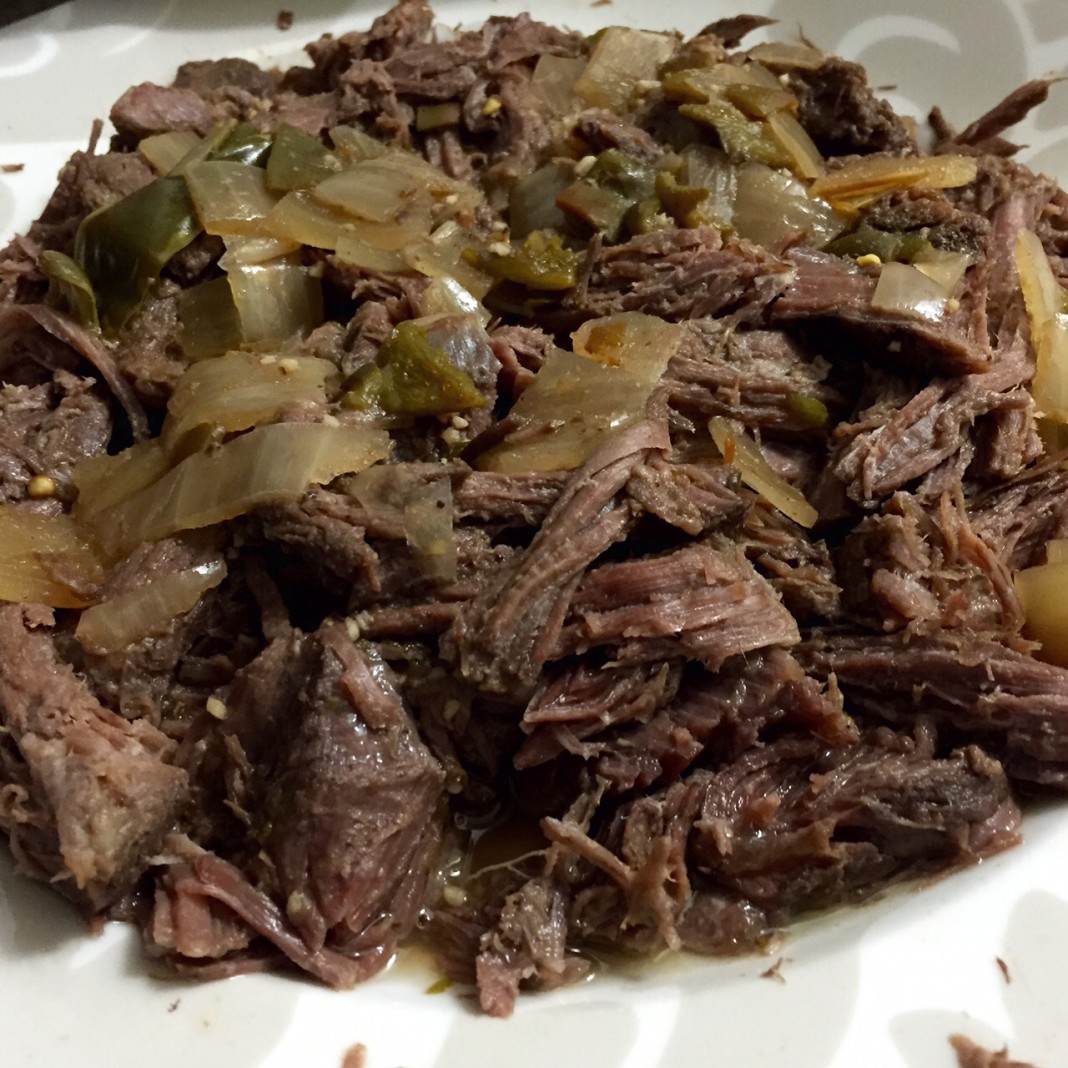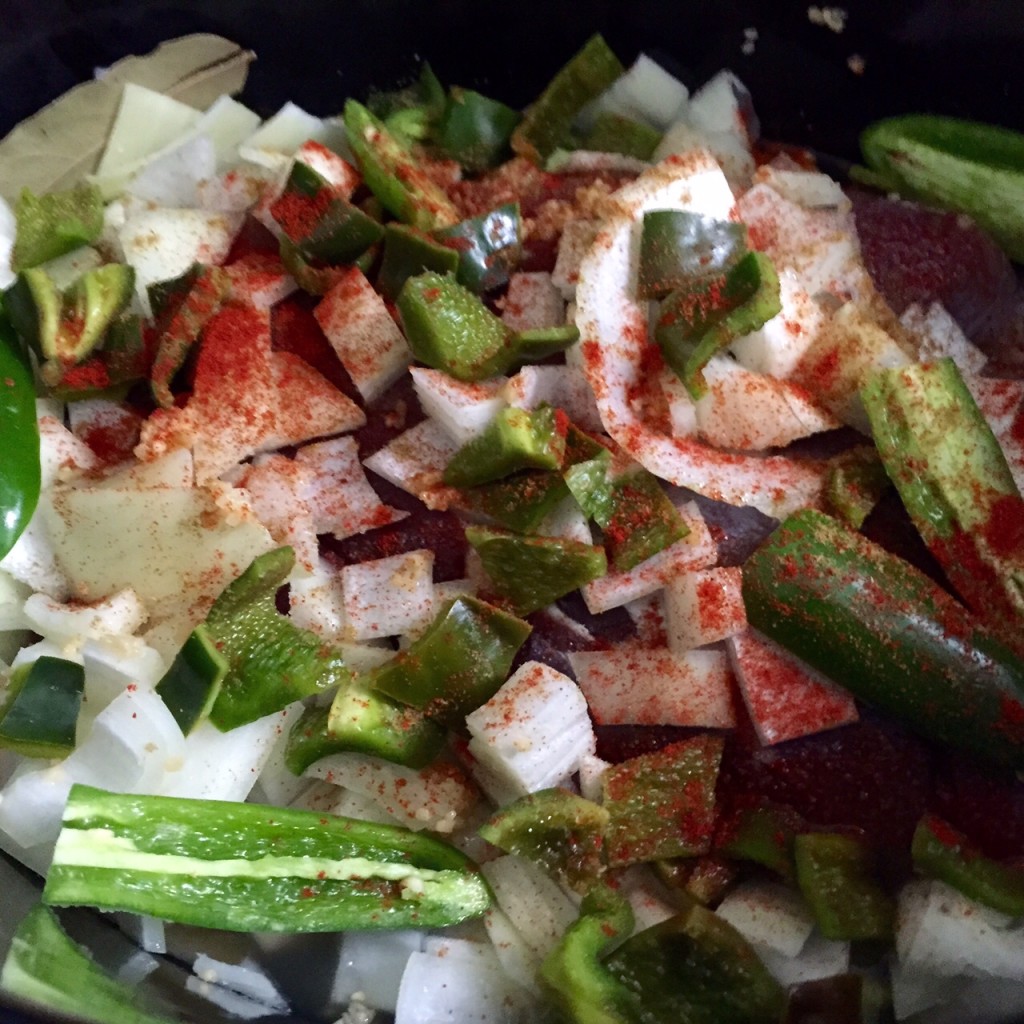Barbecue is an institution in Texas, with three simple rules forming the equilateral triangle lines of tastiness: low, slow and smoke.
And while barbecuing tough cuts of meat such as brisket, skirt steak and anything else that requires patience to enjoy, our current pitmasters of today owe it to those before who pioneered the tradition that so many revel in — dripping with the sweet, distinctive smell of charred mesquite.
First, a bit of history from the other side of the border. The word barbecue is derived from barbacoa, which in itself has numerous meanings in different places in Mexico. However, the widely used traditional Mexican barbacoa recipe and cooking practice focuses on the ultimate leftover from the butchering of beeves: the cow head. The meat contained therein, including the cheeks, is accompanied by gristle and cartilage, but also is loaded with fat, which cooked low and slow can be quite delicious. Other traditional Mexican recipes such as tripas, lengua and menudo also make use of organs and cuts that may not sound appetizing, but cooked correctly, also are superb.
There are even places in Texas that still rely on cooking barbacoa in the traditional fashion, which involves cleaning up the cabeza de vaca, wrapping it up in foil or even burlap and firing it in an underground pit for hours on end. After it reaches the desired consistency, the meat and other innards would be converted into strips and pieces suitable for tacos and soups.
Now, on to a different take on barbacoa, which in this recipe simply is the term used to describe the shredded, moist strips of meat.
Venison lends itself to a variety of recipes, but some cuts are tailor-made for this slow-cooked take on barbacoa. Texas has almost 4 million white-tailed deer, according to biologist estimates, and each year you can harvest as many as five deer on a hunting license. That makes for a lot of meat, when you consider the shoulder and hindquarters on a large animal could provide dozens of meals altogether. However, those cuts typically are made into steaks or roasts, are put in with pork to made sausage, or ground up into chili or stew chunks. This recipe makes use of meat that can be sinewy and sometimes tough, taking into account that sometimes you simply can’t rush a good thing.
In fact, you may never enjoy the shoulder and hindquarter meat in another way, it’s that good. The end result is a flavorful burst of wild game that isn’t gamey at all, and can be wrapped up in corn or flour tortillas and sprinkled with your favorite hot sauce.
This will be another good year for deer hunting in Texas, one in which you can fill your freezer with scrumptious, lean meat fit for a fiesta.
Venison barbacoa
Ingredient List
2 to 3 pounds venison (from the shoulders or hindquarters is ideal; bone-in is fine)
1 red onion (chopped)
4 garlic cloves (chopped); minced garlic in a jar works, too
3 cans chipotle peppers or two handfuls of fresh serranos and poblanos (cooking will decrease spice)
2 bay leaves
2 teaspoons smoked paprika (feel free to add more)
2 teaspoons ground cumin (same as the paprika; it’s delicious and tangy and should be used in more recipes)
3 tablespoons salt
½ cup lime juice
½ cup apple cider vinegar
1 quart stock (beef, venison or even chicken stock will work)
1/4 cup vegetable oil (optional)
Taco garnishes (shredded cheese, avocado, cilantro, lime juice, sour cream, hot sauce, etc.)
Instructions
Place all the ingredients (sans vegetable oil) on the list into a slow cooker (Crock Pot on high setting will work) and cook until the bone-in meat falls off the bone or until it’s a rich grey-brown hue. You also can use an oversize stock pot or Dutch oven placed in a conventional oven, preheating your cook temperature to 300 or 325 degrees.
After the meat looks good, shred it using either forks or simply your fingers, which works much easier if the meat is cooked correctly. You may then stir in the oil, focusing on coating the meat to add more flavor since it’s mostly lean protein. I recommend simply pouring some of the juices over the meat in a serving pan for your table, keeping some of the peppers and onions in the mix.
From there, it’s game on, serving the meat in tacos, tostadas or simply by itself. The meat reheats marvelously and can be eaten for several days hot or cold, so make plenty for leftovers.



















